Hello from the Wordloaf Friday Bread Basket, a weekly roundup of links and items relating to bread, baking, and grain. Halloween is just around the corner, which means that Dio de los Muertos is just around the next corner, making it pan de muerto season again. So Today’s basket is an ofrenda of pan de muerto recipes to consider for your upcoming bakes.
But before we get to them, a brief announcement: My friend
’s new book on candying fruits (and baking with them), Nature’s Candy, is out! All of Camilla’s books are wonders, this one included. I’ll probably feature a recipe or two from it here eventually, but in the meantime, you should get a copy!And for those of you within driving or biking distance of Cambridge, Camilla and I will be having a conversation about her book at Dear Annie wine bar on 11/12. Please come, there will be treats from the book (maybe even some made by me?!)
Gusto Bread
The first is from a recent LA Times profile of the wonderful baker Arturo Enciso, of Long Beach, CA’s Gusto Bread, who uses masa in many of his products, including his pan de muerto:
“Pan de muerto is an exploration in my cultural background,” says Enciso, who grew up in Lebec, Calif., and moved to Long Beach after high school. He taught himself to bake in a wood-fired cob oven, turning out pain au levain and baguettes. Initially, he and his partner, Ana Belén Salatino, operated Gusto Bread from their living room, then opened the bakery on Retro Row in 2020.
In the beginning, baking in a wood-fired oven “was for me a spiritual practice,” he says. “It was my time to just be alone with the fire and work on cultivating this [sourdough] starter, but really, it was cultivating myself.”
Something stirred in him, he says. At the time he was selling only baguettes and galettes, and “it started not to feel like me as someone with a multicultural background. I’ve never been to France, I don’t know what pain au levain is. I started to feel like an impostor in a way.
“My parents are both from Mexico. I want to now do things I grew up with that my parents can see and I want to see their faces light up to something familiar to them.”
At Heart Panadería
Then there is my friend
’s gorgeous freeze-dried fruit sugar-coated pan de muerto:Pan de muerto (bread of the dead) is an annual bake for panaderías and Mexican panaderas in Mexico and the diaspora. The arrival of the loaves in Mexican bakeries everywhere ushers in Día de los Muertos; occurring on the 1st and 2nd of November, the holiday is a celebration and remembrance of the dead by their living. People create ofrendas, memorial altars, that are meant to be a welcoming, a tangible prayer to our loved one’s spirit gone to another realm.
Ofrendas are filled with various pan dulce, shot glasses of tequila or your loved one’s favorite drink, candles, decorated sugar skulls called calaveras, and marigold flowers known as cempazúchitl. Anything that reminds you of your loved one who has passed gets placed on the ofrenda, including pan de muerto. This bread, meant to resemble a skull and bones, is an enriched dough, much like the concha, flavored classically with anise seed, orange blossom water and coated with sugar after baking. You can get really creative with flavoring the sugar, which is what we will be doing.
Atticus Bakery
Finally, there’s the lovely, sesame-studded, spiced, guava-paste containing one I shared here a few years ago, from Atticus Bakery’s Selene Tepatzi:
Tlaxcala, Mexico’s smallest state, sits within the Sierra Madre Oriental under the watchful gaze of La Milinche volcano. The mountains and the rugged plateaus that surround them create climate extremes. The lower elevations are arid and studded with prickly pear and agave. While the mountains stay wet, cool, and see frost in the winter.
Alfonso Serrano farmed this land. He grew milpa, beans, and wheat in its volcanic soil, tilling his fields with horse and plow. He built an earthen oven and became the community baker in a time and place where that concept was not a romantic return to the old ways but a necessity.
Alfonso was the grandfather of Selene Tepatzi, the pastry chef at Atticus Bakery in New Haven, CT. He taught Selene how to bake. For Dio de los Muertos (Day of the Dead), Selene and Alfonso would hand-mix the rich dough for their family’s Pan de Muerto (more commonly called hojaldra). They would shape the loaves with their characteristic crossed bones and head, proof them on long wooden peels made from framing studs, and load them into Alfono’s earthen oven. Once the loaves were on the deck, Selene and Alfonso would seal the oven with a large stone and wait.
That’s it for this week’s bread basket. Have a peaceful weekend everyone, see you all next week.
—Andrew




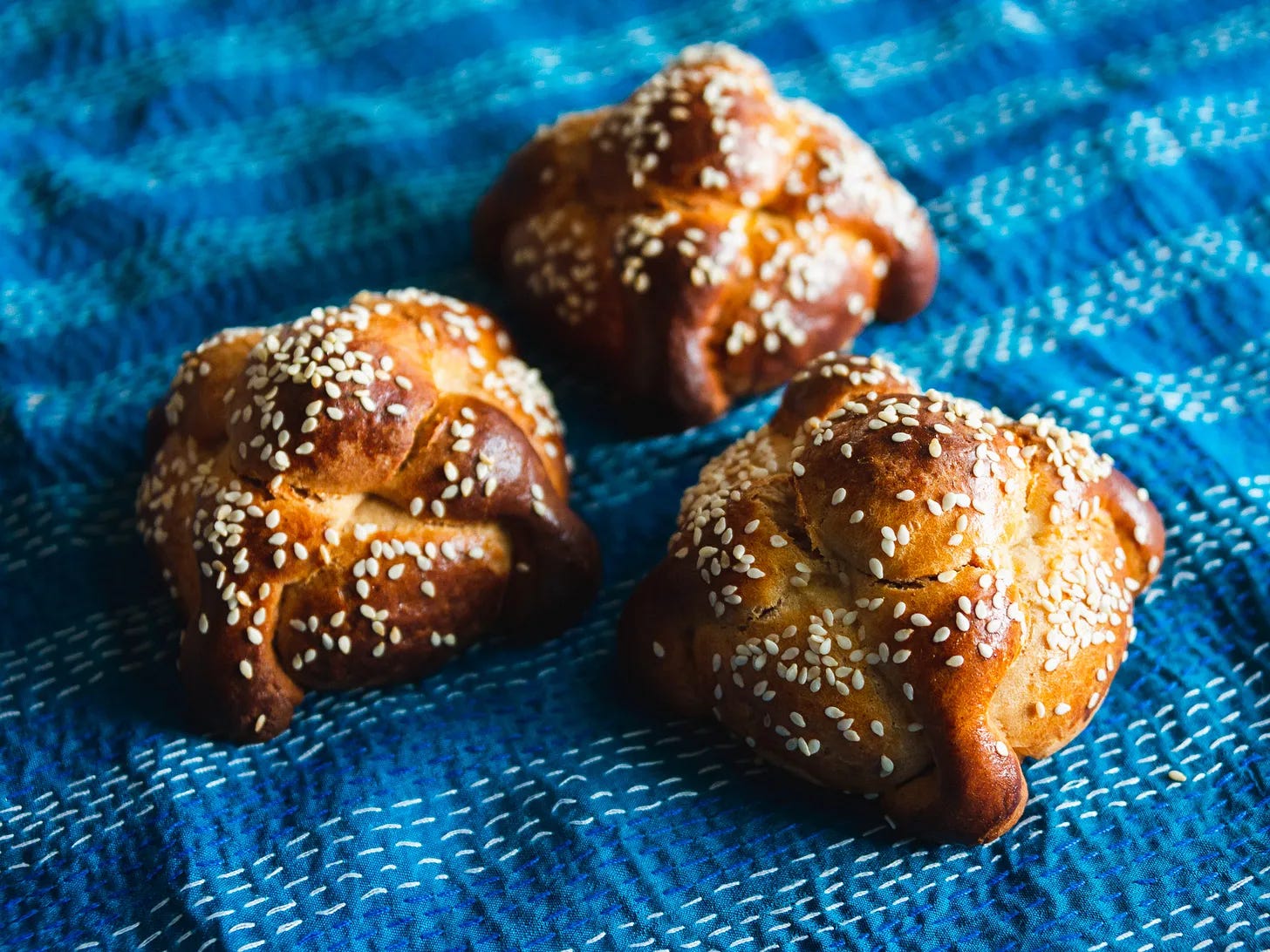
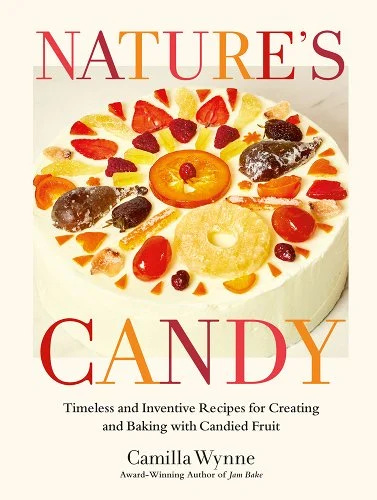
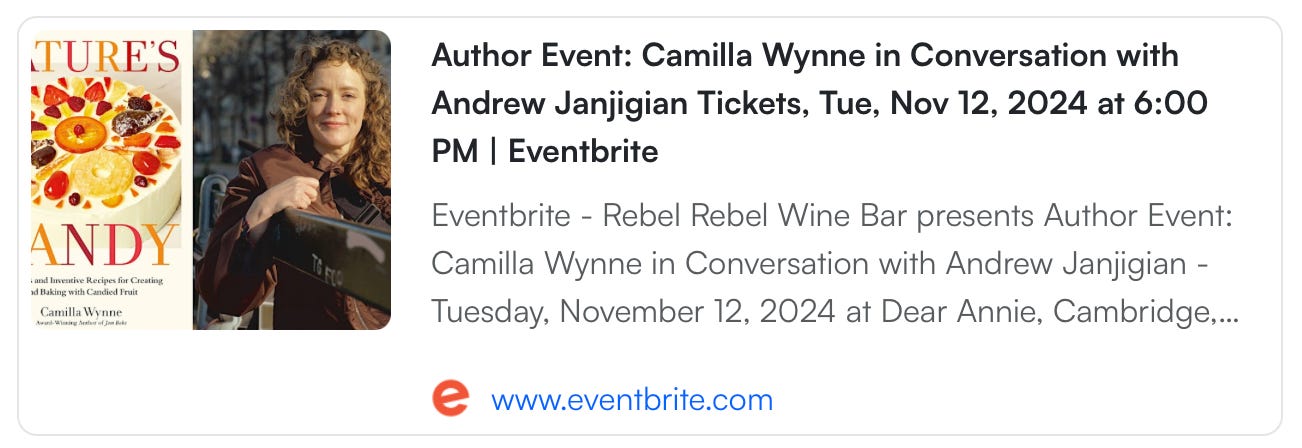
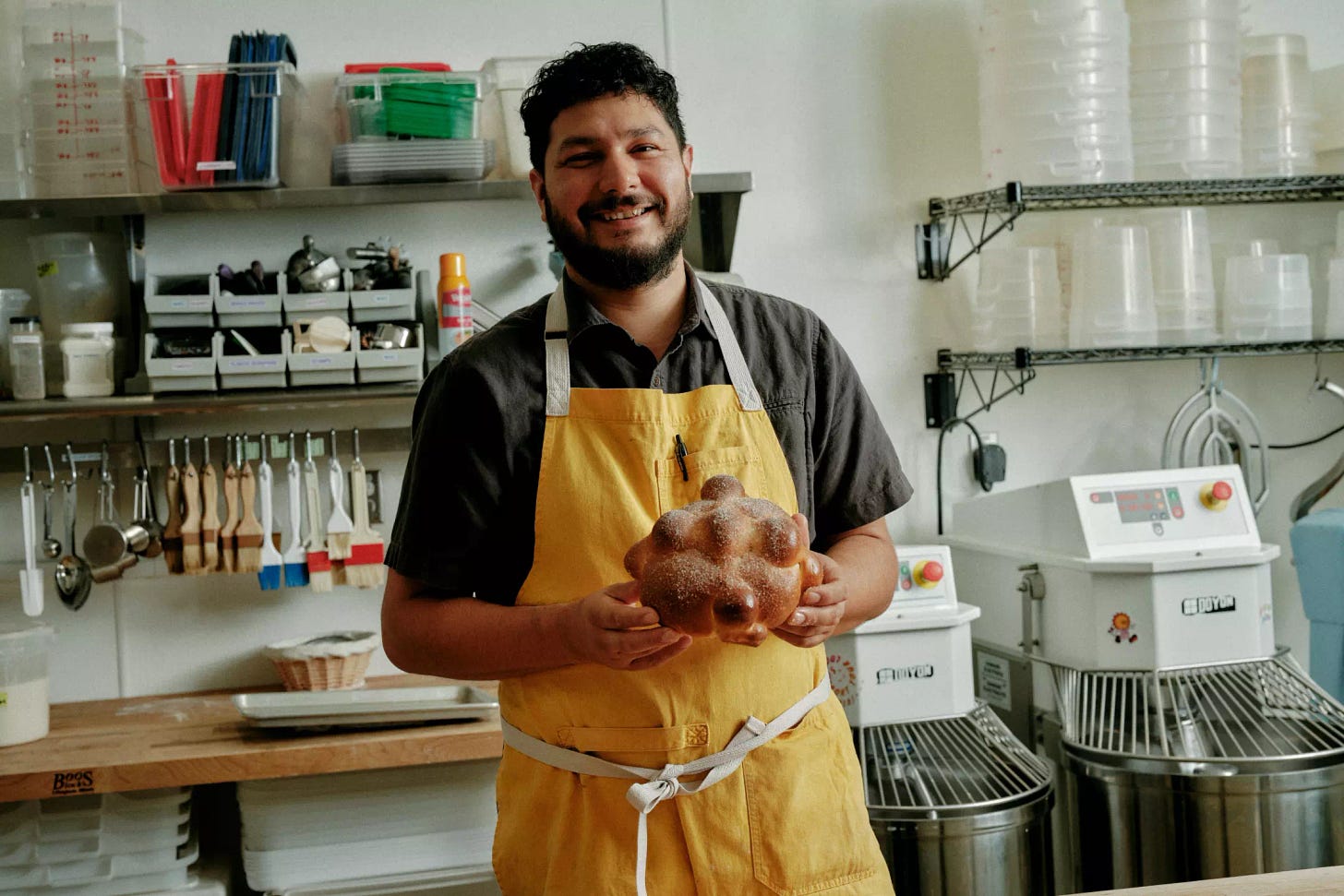

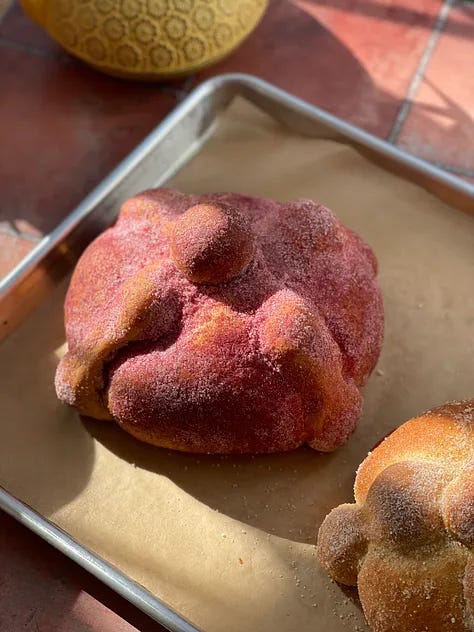

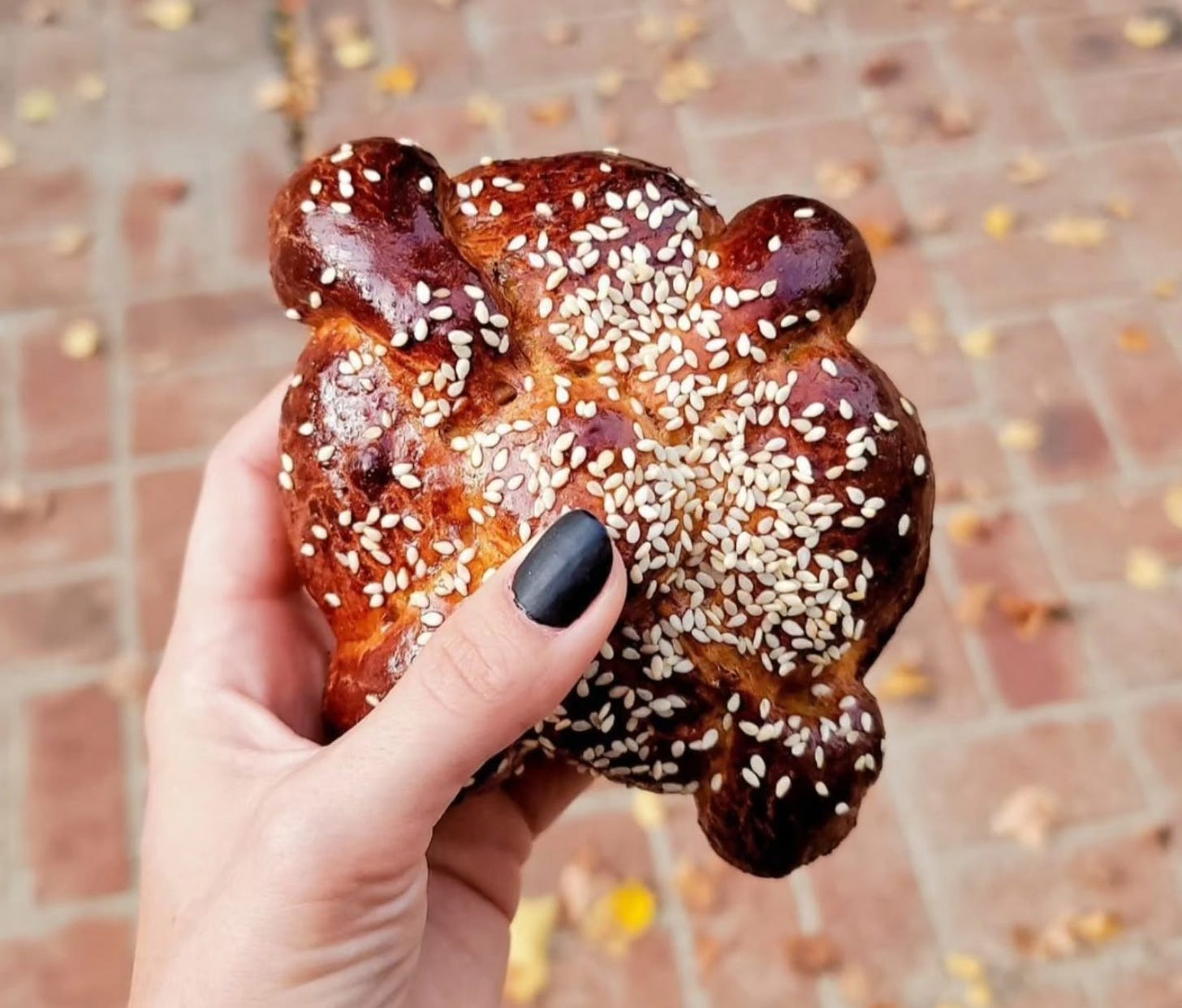

Nice post Andrew, thank you-
Thank you Andrew! I have been craving pan de muerto these days, I may give it a try with one of these recipies!